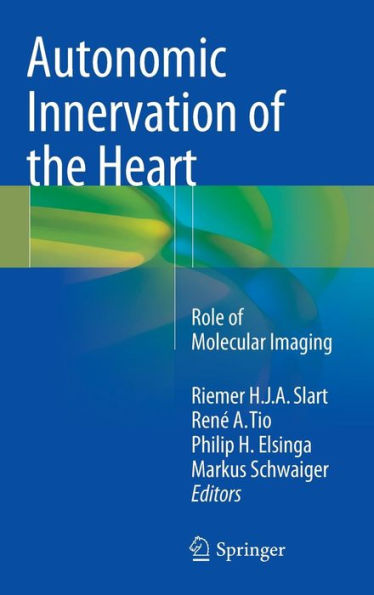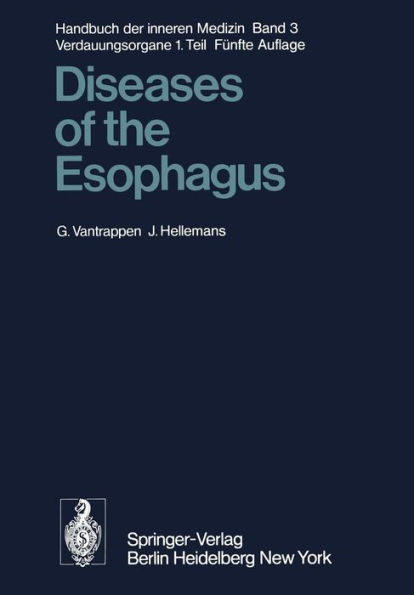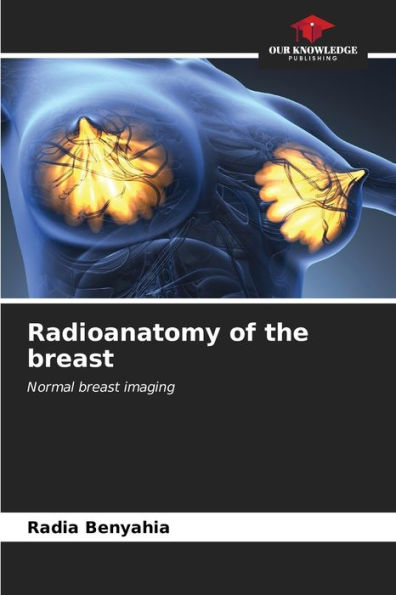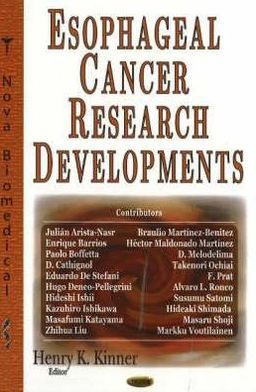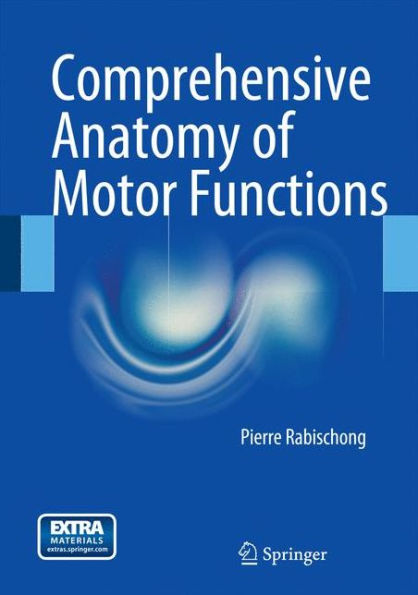Home
Innervation of the Mammalian Esophagus
Barnes and Noble
Innervation of the Mammalian Esophagus
Current price: $109.99


Barnes and Noble
Innervation of the Mammalian Esophagus
Current price: $109.99
Size: OS
Loading Inventory...
*Product information may vary - to confirm product availability, pricing, shipping and return information please contact Barnes and Noble
Understanding the innervation of the esophagus is a prerequisite for successful treatment of a variety of disorders, e.g., dysphagia, achalasia, gastroesophageal reflux disease (GERD) and non-cardiac chest pain. Although, at first glance, functions of the esophagus are relatively simple, their neuronal control is considerably complex. Vagal motor neurons of the nucleus ambiguus and preganglionic neurons of the dorsal motor nucleus innervate striated and smooth muscle, respectively. Myenteric neurons represent the interface between the dorsal motor nucleus and smooth muscle but are also involved in striated muscle innervation. Intraganglionic laminar endings (IGLEs) represent mechanosensory vagal afferent terminals. They also establish intricate connections with enteric neurons. Afferent information is implemented by the swallowing central pattern generator in the brainstem, which generates and coordinates deglutitive activity in both striated and smooth esophageal muscle and orchestrates esophageal sphincters as well as gastric adaptive relaxation. Disturbed excitation/inhibition balance in the lower esophageal sphincter results in motility disorders, e.g., achalasia and gastroesophageal reflux disease. Loss of mechanosensory afferents disrupts adaptation of deglutitive motor programs to bolus variables, eventually leading to megaesophagus. Both spinal and vagal afferents appear to contribute to painful sensations, e.g., non-cardiac chest pain. Extrinsic and intrinsic neurons may be involved in intramural reflexes using acetylcholine, nitric oxide, substance P, CGRP and glutamate as main transmitters. In addition, other molecules, e.g., ATP, GABA and probably also inflammatory cytokines may modulate these neuronal functions.





